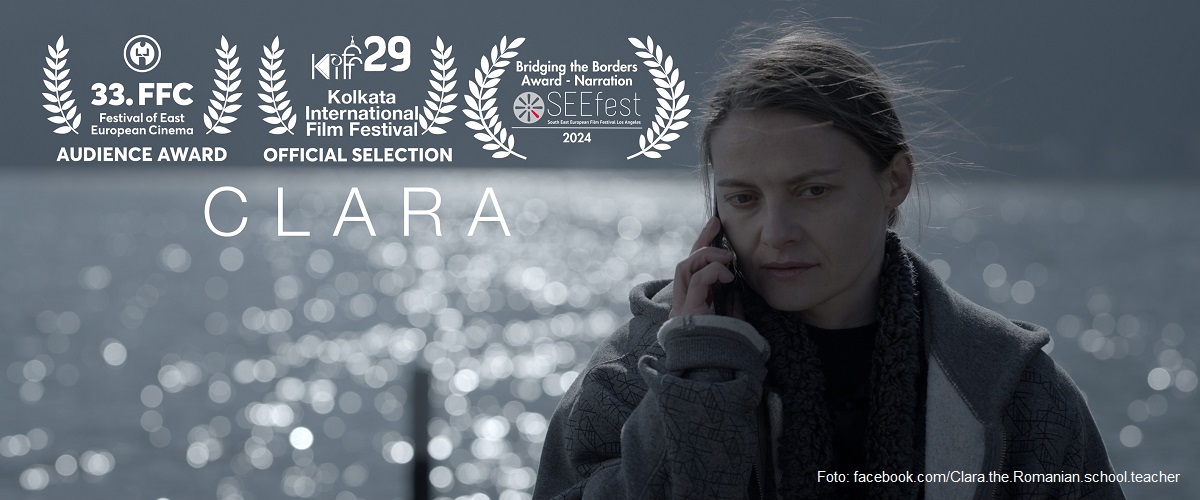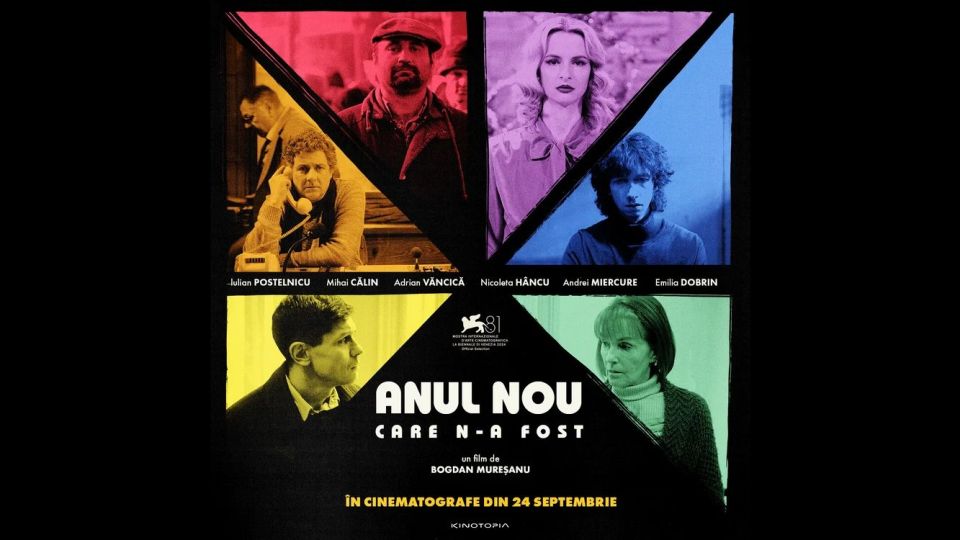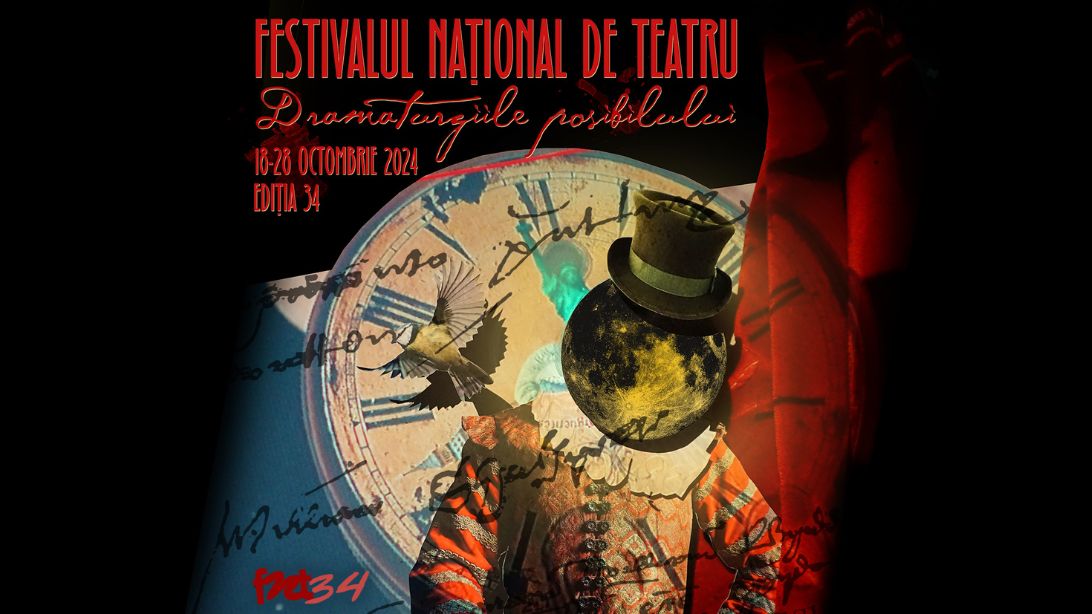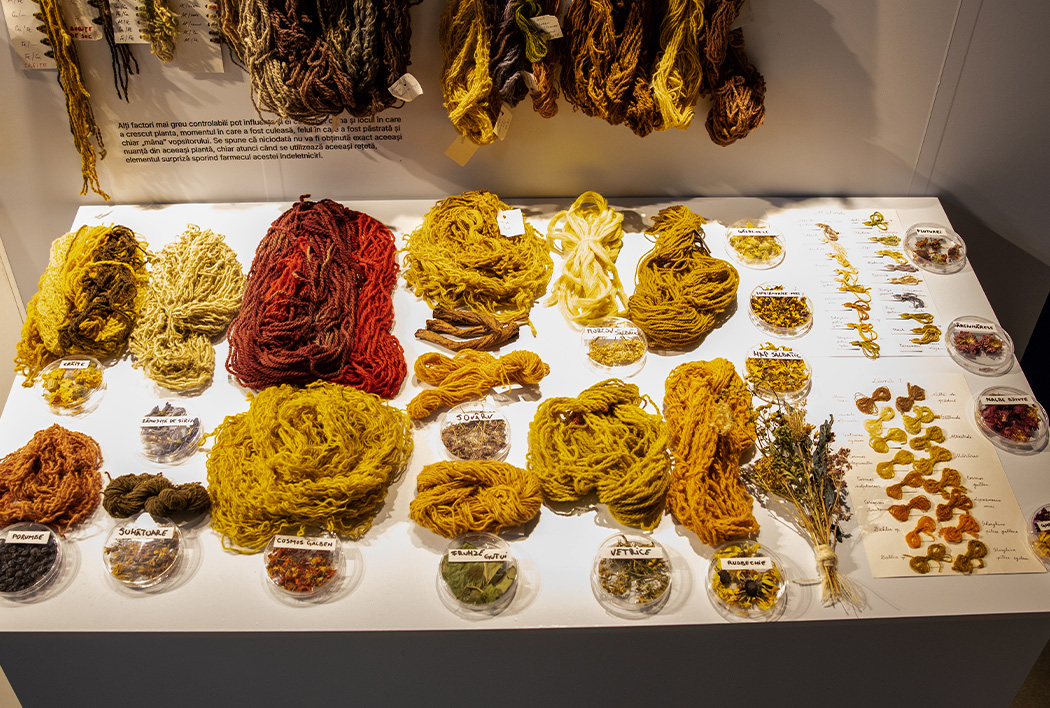The Accelerator Project
A project putting public sphere in the limelight, designed to bring artists closer to local communities
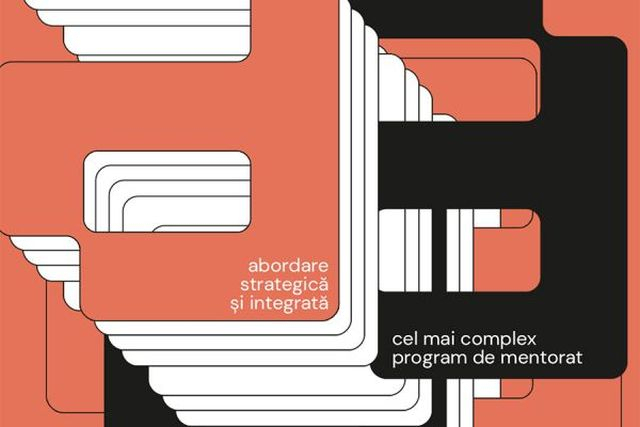
Marius Tiţa, 25.11.2023, 14:00
October was a month when Romanian contemporary art won a number of battles to secure European funding. One of the programs that help promote contemporary art is the Accelerator, Coaching and Production Programme addressing emerging artists, implemented by the Eastwards Prospectus Cultural Association (ACEP). The program was designed as an incubator of ideas and a springboard for the career of 10 emerging artists by providing them with the proper tools to develop a strategic, integrated and sustainable approach to their artistic careers. One of the major partners of this project was the GAEP Gallery, a local art gallery that observes international standards.
We spoke to project manager and ACEP president Andrei Breahnă: “The Accelerator Project, a coaching and production program addressing emerging artists, is ending after two years of hard work and many adventures. The final stage of the project unfolded this summer and entailed implementing an art project in the public sphere. Seven of the ten artists participated with individual projects. Their approach was rather flexible, as we wanted to remain open-minded and not impose restrictions regarding a certain theme. Basically, from the early stages of the project, we suggested that artists should work with local communities and identify those areas that are inhabited by communities and create a link between their works and the people living there”.
What types of art has the Accelerator Project generated? Speaking about the Accelerator Project, Andrei Breahnă told us more about a collective work elaborated in Bucharest and coordinated by a contemporary artist from Iceland, an expert in the art made in the public space: “We obtained a wide array of works, particularly in the experimental area. We actually encouraged the artists to experiment a lot. We’ve had an artist from Iceland who served as one of the coaches. She came to Romania to take part in the two-day coaching program. She is someone who specializes in creating art for the public sphere. During the research trip to Iceland, she presented a number of very ambitious works of art. We traveled to a number of cities. One project, which was presented in Bucharest, Timișoara and Cluj, was an experimental collective work that consisted of a limestone ball that kept on rolling, leaving behind a visible or an invisible trace between various areas of the city. The idea behind this project was that our biggest cities are in fact extended geographical areas, and more often than not whole residential areas are cut off from access to culture, and have to travel long distances for that purpose. Our artists somehow recreated that journey in very concrete terms, because every artist had to roll the ball and create a clear link between various parts of the city. This type of interaction was very interesting”.
The director of the GAEP Gallery also told us about another work from the Accelerator Project, a sound work carried out in the city of Oltenița (southern Romania). Moreover, Andrei Breahnă told us about the difficulties he faced in implementing the project: “We had a work of sound in Oltenita. One of the artists in the project, Alina Ion, comes from Oltenița. She imagined a kind of walk that we were taking, with headphones on, listening to her, how she related, lets say, from the perspective of childhood or sometimes even very intimately, to various areas of the city. And the city is very interesting, because it is on the Danube. We have a very interesting work, with a semi-permanent character, in front of the Gloria cinema in Bucharest, in sector 3, a work by Maria Mandea. The research she usually makes is related to games, to the notion of ownership, to how we live, to spaces. And we also had an event there, where we did many games together with those who were passing by and who thus participated in the work. So, it was an adventure, especially since we had never done projects like this before. We had to interact quite a lot with the local authorities to get approvals, and unfortunately we also faced a kind of legislative vacuum, because there is no legislation specific to art in the public space in Romania, as we see it at a conceptual level, not only from the perspective of the monument or from the perspective of the event. But eventually we were able to produce these works and in a way we achieved our goal because we were able to go to more cities, we were able to interact with more types of communities and we were able to involve the artists. We added this layer, this dimension of art in the public space intentionally, because we wanted to give a much larger dimension, much more accessible to contemporary art.”
Is the Accelerator Project continuing? Andrei Breahnă has the answer: “The project does not end here. Cultural projects like this have a beginning and an end. The beauty of this project is that it is based on a very concrete need, that of giving a strategic dimension to artists who have ended studies and have an artistic practice, and to show them what the system of contemporary art is like, how the art market works, how art works in the public space, how to communicate in the context of artistic practice, how to work with a curator. The project continues and I want this series of accelerators to be an identity, an element of identity of our association.” (VP, LS)

